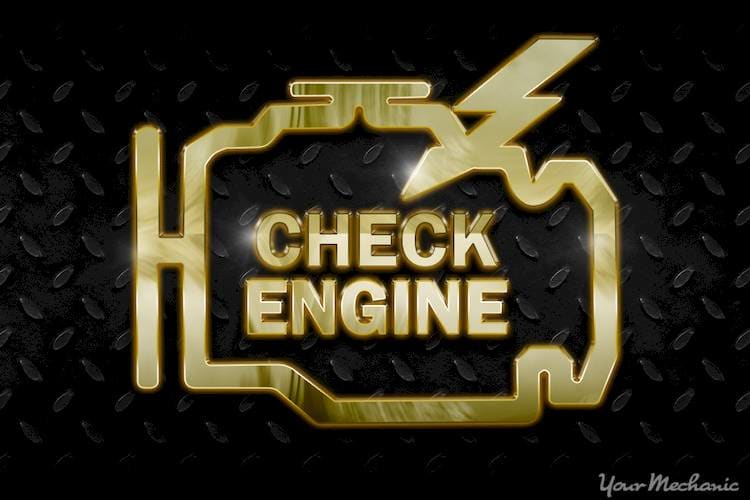P2199 code definition
P2199 is a general OBD-II diagnostic trouble code indicating a malfunction with the intake air temperature sensor 1 / 2 correlation. This code may be seen with other intake air sensor codes.
What the P2199 code means
The P2199 code is seen when a fault has been detected between the intake air temperature sensor 1 and 2 and their readings. P2199 is set when the voltage readings from sensor 1 and 2 are repeatedly not agreeing with each other or are out-of-range. The engine control module (ECM) monitors the intake air temperature sensor reading closely, and when this fault is detected, the ECM causes the Check Engine Light to be displayed on the dashboard. In addition to this code on the dashboard, a failsafe mode is set. The failsafe mode will remain until normal sensor readings are detected or the fault is repaired.
What causes the P2199 code?
The most likely causes for the P2199 code:
- IAT sensor that has failed
- Electrical connection issues
- Open or short in the IAT wiring harness
- PCM that has failed
What are the symptoms of the P2199 code?
Symptoms can vary greatly and can include:
- Check Engine Light seen on the dashboard
- Lean or rich engine condition during the engine warm-up cycle
- Lower than normal fuel mileage
How does a mechanic diagnose the P2199 code?
Qualified technicians will follow these simple steps to diagnose the P2199 code:
Hooks up a scan tool to the DLC port and checks for any codes stored in the ECM
Notes any codes that are found, including history and pending codes, in addition to important freeze frame data that is associated with each
Clears all the codes from the ECM
Takes the vehicle on a test drive attempting to duplicate the conditions from the freeze frame data
Performs a visual inspection of all visible and obvious components for the IAT sensors, including making sure the IAT sensor is plugged in all the way
The scan tool will be used to check the datastream for the IAT sensors 1 and 2 and compared the values listed
The outside air temperature will be taken
IAT readings will be compared to specifications
The IAT sensor that has out-of-range readings will be checked for by a multimeter for the proper supply voltage and output signal
If all the previous steps fail to identify the fault, then a test of the ECM will be performed
Common mistakes when diagnosing the P2199 code
IAT sensor failure is relatively rare. More commonly, the sensor wiring has damage or a sensor is left unplugged from other unrelated repairs. Following all diagnostic steps will make it easy to determine the cause of the P2199 code, and will help you avoid replacing good parts.
How serious is the P2199 code?
In most cases, the P2199 code is fairly minor. The vehicle may not run the best when it warms up, but normal operation should be mostly normal. With any Check Engine Light, it is best to repair them as quickly as possible to avoid any further damage.
What repairs can fix the P2199 code?
The repairs that can fix the P2199 code are:
- Repairing or replacing the IAT wiring harness
- Failed IAT sensor replacement
- ECM replacement
- Poor electrical connection resolved or repaired
A few specialized tools are needed for diagnosing the P2199 code. The first is a thermometer of some sort. This is used to compare the intake air temperature sensor readings to the actual outside air temperature. When this is done, it will give a baseline for what the sensors should be reading.
The other special tool is a professional grade scan tool. These are used to access the live engine data as well as control other engine control test functions. This type of scan tool does much more than just check the code and clear them, and are incredibly useful when performing this type of diagnosis.
Need help with a P2199 code?
YourMechanic offers certified mobile mechanics who will come to your home or office to diagnose and repair your vehicle. Get a quote and book an appointment online or speak to a service advisor at 1-800-701-6230.
Check Engine Light
trouble codes
P2199





